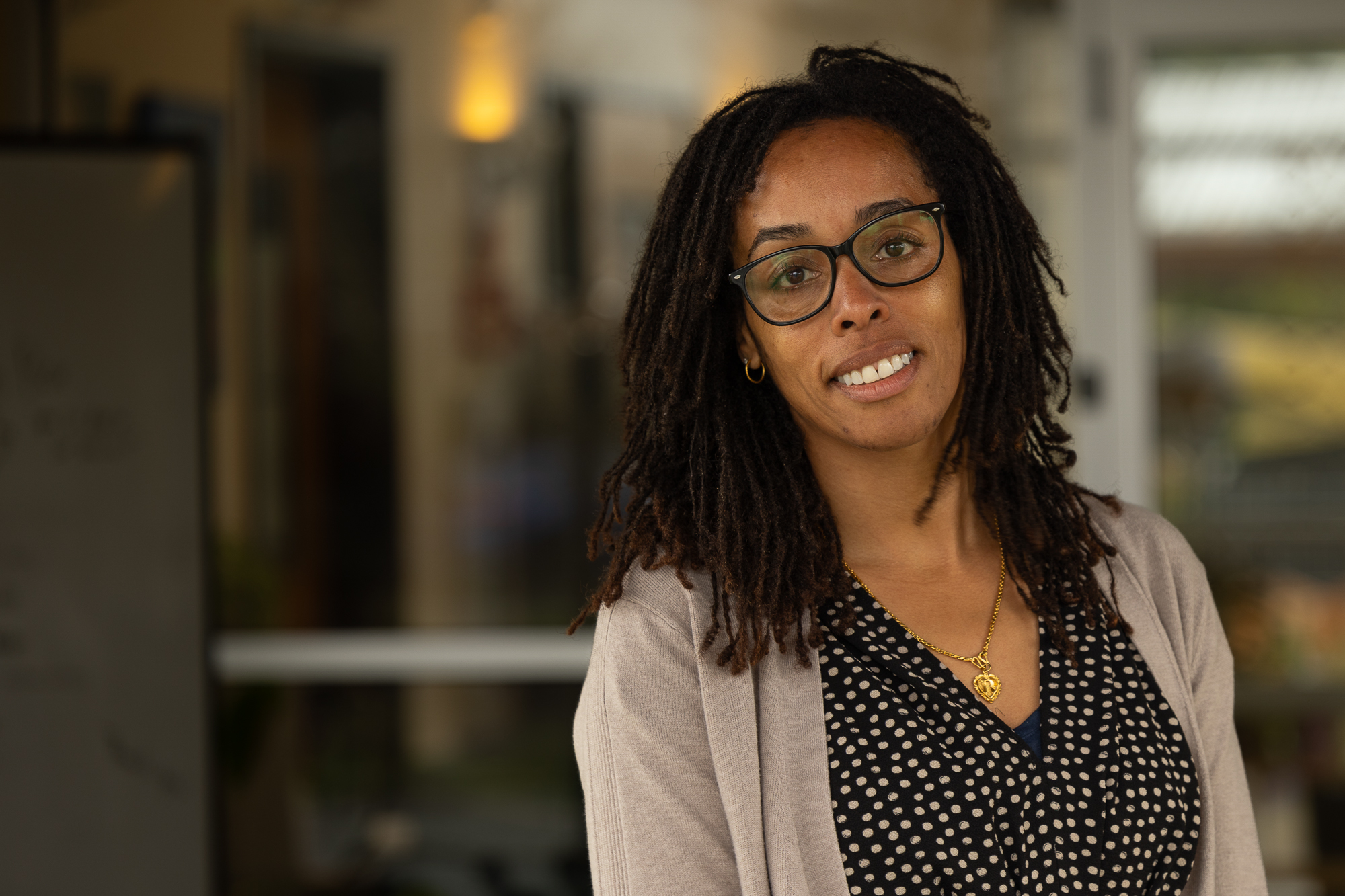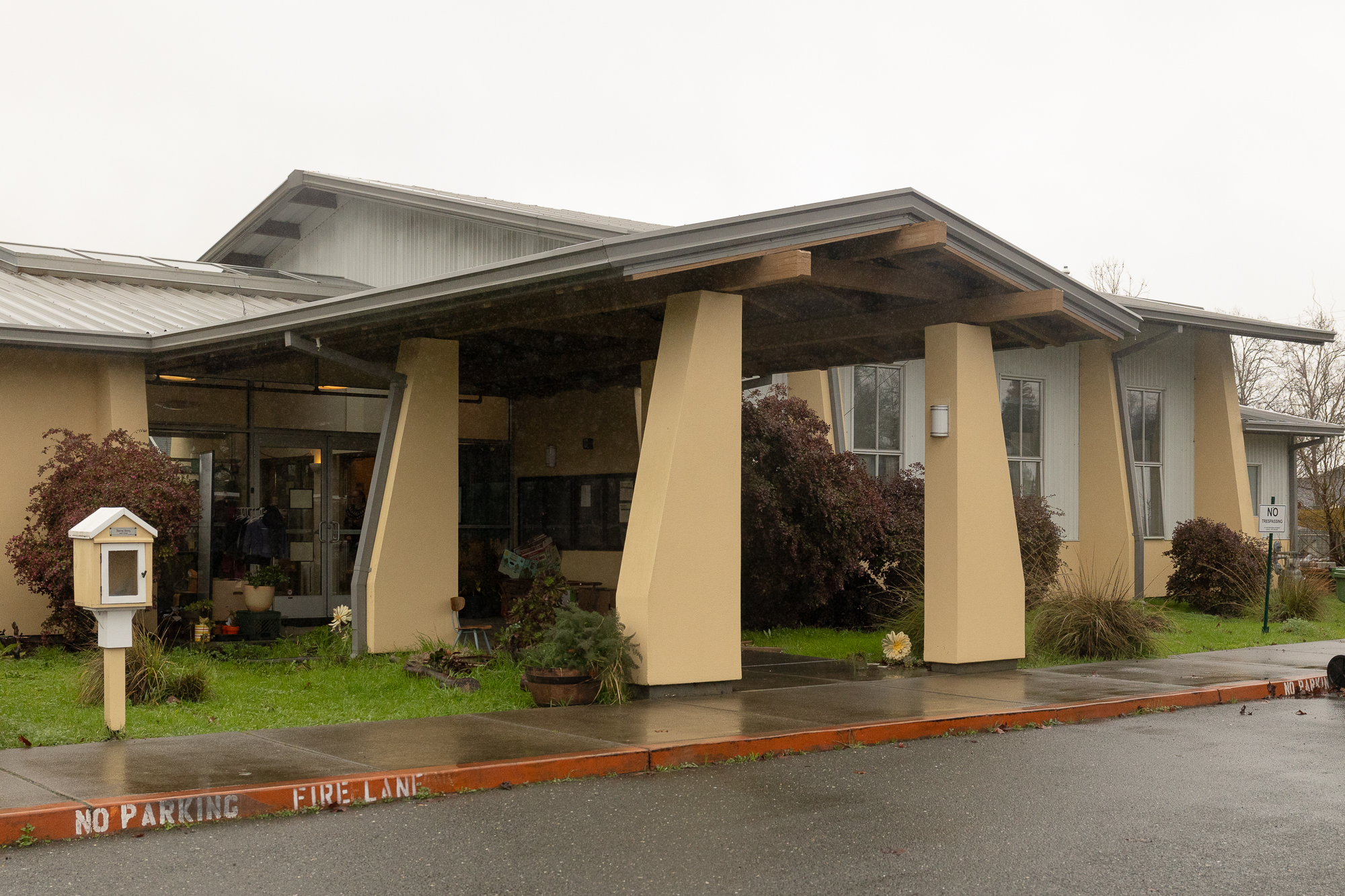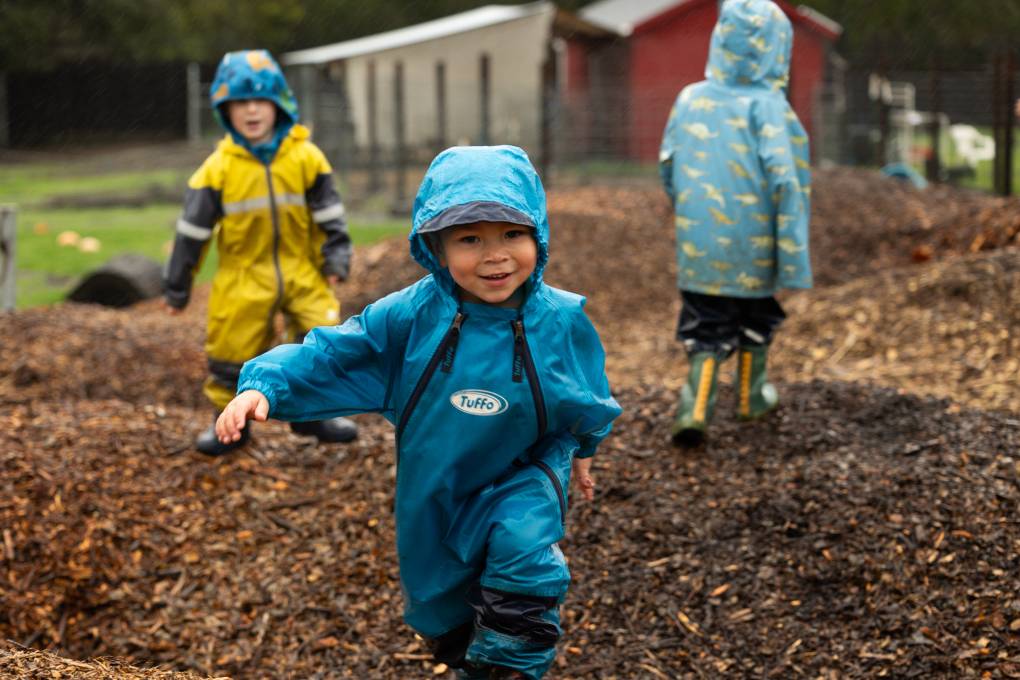After the 2017 Tubbs wildfire destroyed the Santa Rosa preschool Renee Whitlock-Hemsouvanh had opened three years earlier, she felt desperate and hopeless and uncertain of the school’s future.
Many of the school’s families had also lost their homes, and she didn’t think she could recuperate enough insurance money to rebuild.
“There was just a lot of disbelief because whoever thinks that you’re going to lose everything, like it’s just gonna burn to the ground?” she said.
She eventually reestablished her preschool at another site, but the recovery took years. Lately, Whitlock-Hemsouvanh finds herself playing the role of wildfire survivor, giving advice to early educators in Los Angeles County figuring out how to move forward after last month’s devastating wildfires.
Forty licensed centers or homes that provide child care in Altadena and Pacific Palisades were destroyed, and about 240 others remain closed because of smoke damage or lack of power and water, according to the California Department of Social Services.
Family child care providers who lost their homes also lost their livelihoods. A coalition of childcare advocates, along with state and local agencies, are helping providers prepare for reopening and displaced families find child care wherever they land.
“A lot of folks are just getting to the point where they’ve been able to see what’s left, if anything is left, and starting to make plans for their next steps,” said Donna Sneeringer, chief strategy officer for Child Care Resource Center, based in L.A.’s San Fernando Valley.

Whitlock-Hemsouvanh advises program directors like Alana Levitt, whose preschool sustained smoke damage in the Palisades fire, how to mitigate that damage, how to deep clean playgrounds and how to support families whose lives were upended by the fires.
Levitt, director of Kehillat Israel’s Early Childhood Center, said enrollment had been cut in half because families scattered to other parts of California or even other states.
She temporarily moved to another preschool building in nearby Santa Monica that had space for the remaining children.
“We acted fast because the lesson that we learned from COVID is that we have to adapt really quickly,” Levitt said.

She was able to do that because the state is granting licensed child care providers some flexibility in where they can relocate and how many children they can admit so they can continue their work in the aftermath of a disaster. Los Angeles Mayor Karen Bass also issued an executive order this week to speed up the process of opening new child care facilities in the city.
Levitt’s experience parallels what Whitlock-Hemsouvanh went through seven years ago. Two weeks after the Tubbs fire killed 22 people and destroyed 4,600 homes — the most destructive in state history at the time — her preschool moved to a temporary site and relied on donated books and supplies. Parents pitched in to spruce up the classrooms and outdoor play area.
She then caught a break when the city of Santa Rosa decided to lease a former church on city-owned land at a fair market value.

City officials chose the preschool over other proposals to convert the property into transitional housing or a hospice facility after deciding to make affordable child care a priority.
In all, Sonoma County lost 450 child care slots to the 2017 fires and about 50% of its remaining licensed child care capacity after the COVID-19 pandemic gutted the early education workforce, according to a county report.
Experts say that because the sector already struggles with low profit margins, any additional costs brought on by events like the Sonoma and Los Angeles fires can destabilize providers and lead to closures.

